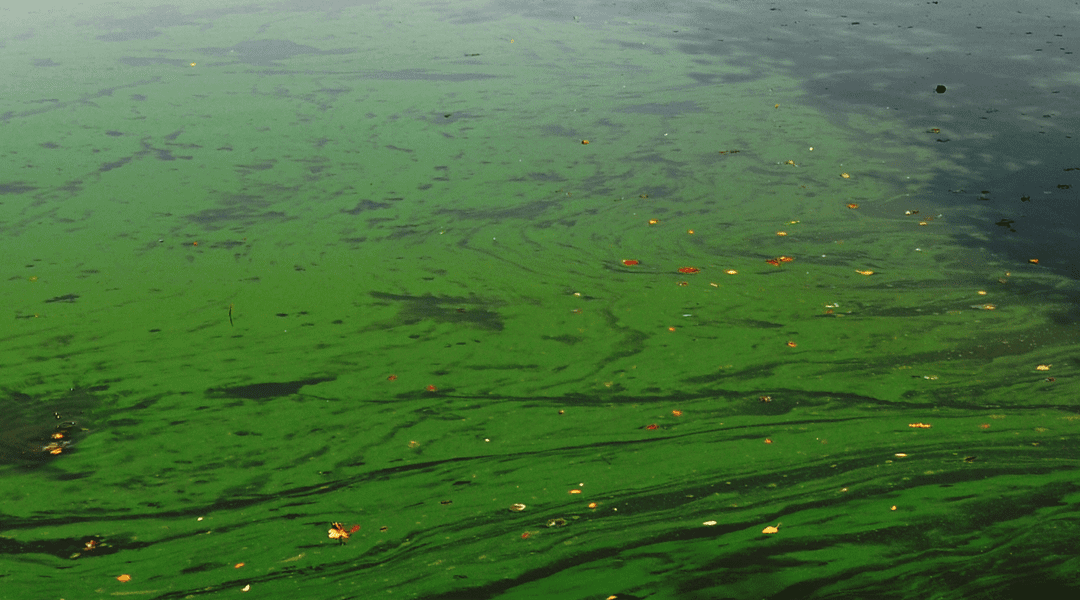To confront global warming, climate changes and a potential energy shortage, biodiesel received increasing interest as a substitute for diesel fuels in efforts towards sustainable development. Microalgae-derived biodiesel is a promising energy source.
The advantages of microalgae as a biodiesel feedstock are many, for example, efficient photosynthesis, high lipid content, efficient CO2 mitigation, noncompetition for farmland, toleration to wastewaters during the growth, less water footprint and more cost-effective farming than energy crops.
Microalgae contain substantial amounts of lipids (2–46%), carbohydrates (8–64%) including cellulose and starch, proteins (6–71%), fats and many other valuable compounds. The current obstacle for microalgal biodiesel development lies in its economics, because until now there has been no commercial large scale production.
There are two main reasons: microalgal biodiesel production process is chemical and energy intensive; and a high portion of microalgal biomass remains as residuals after biodiesel production. It is reported that microalgal waste after lipid extraction occupy around 65% of the microalgal biomass. Therefore, from the perspectives of both microalgal waste management and biodiesel economics improvement, it is necessary to find appropriate use for the residue.
Biogas production from microalgal residues is thought of as an environmentally sound way to achieve sustainable and profitable microalgal biodiesel generation. The lipid-extracted microalgal residue typically represents energy and resources that are lost during the biodiesel production. Therefore, it is essential to recover the energetic and nutrient resources locked in microalgal residue.
Based on the microalgal composition, a technological pathway for the integration of biodiesel and biomethane production is proposed. Neutral lipids (mainly triacylglycerol) from microalgal biomass are the efficient ingredients for the conversion of biodiesel, while other types of lipids (e.g., chlorophyll, phospholipid, glycolipid, etc.) together with carbohydrates (starch and cellulose), proteins and fats can be used to produce biomethane via anaerobic digestion.
The digestate rich in mineralized organic N and P can be either recirculated into microalgal production system as the nutrient source or sold as fertilizers. CO2 emitted during the biomethane production can also be supplied for microalgal production. Thus, the integrated production of biodiesel and biomethane, and the recirculation of nutrients and CO2, may result in an improvement to the energy balance and economic viability of the process.
Although it is promising to perform the anaerobic digestion of lipid-extracted algal residue, further research is required to investigate the optimization of the anaerobic digestion of algal biomass residues resulting from the process of biodiesel production.
Kindly contributed by Dr. Liandong Zhu.

















